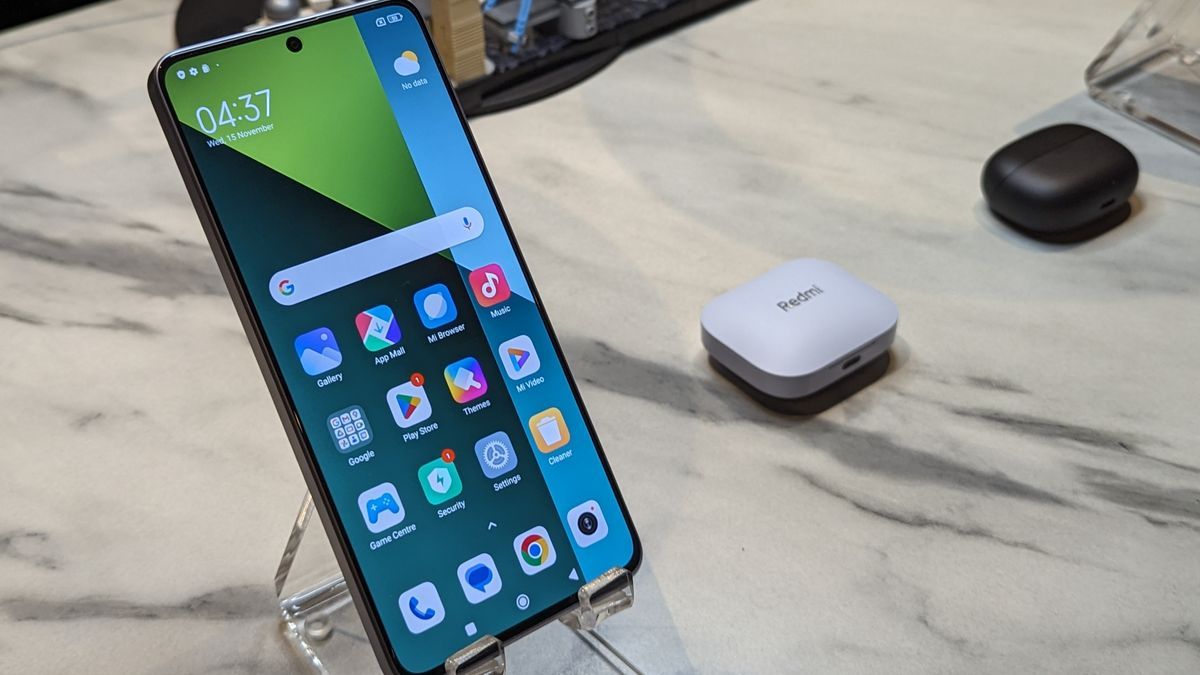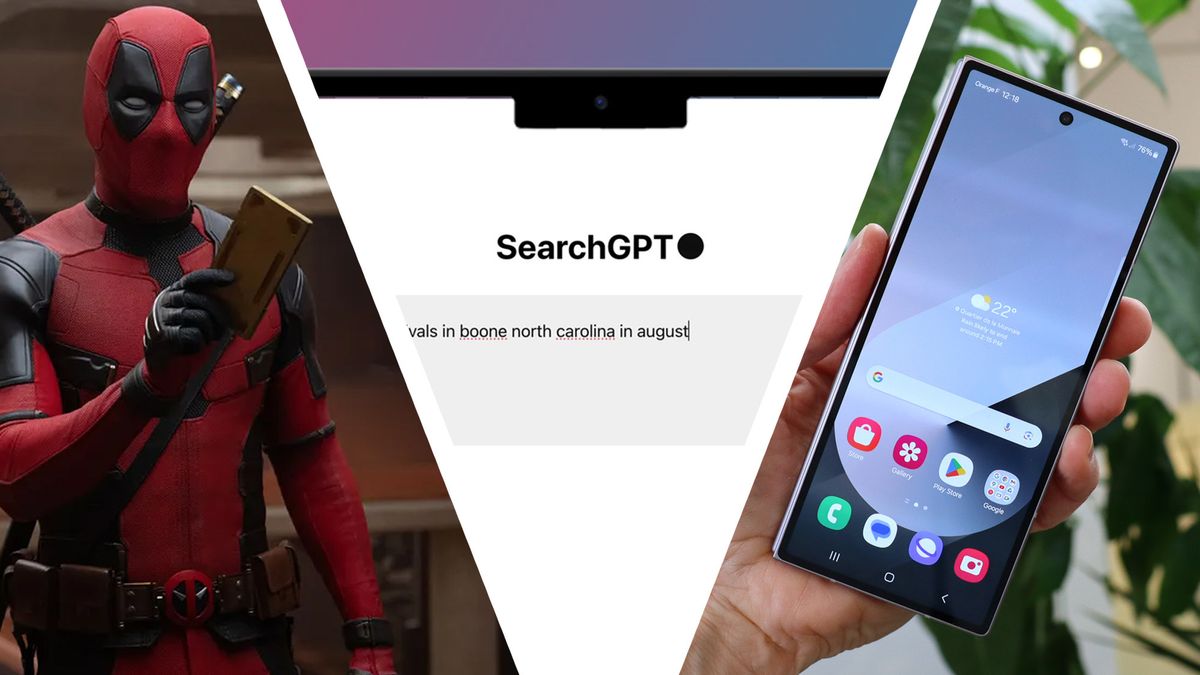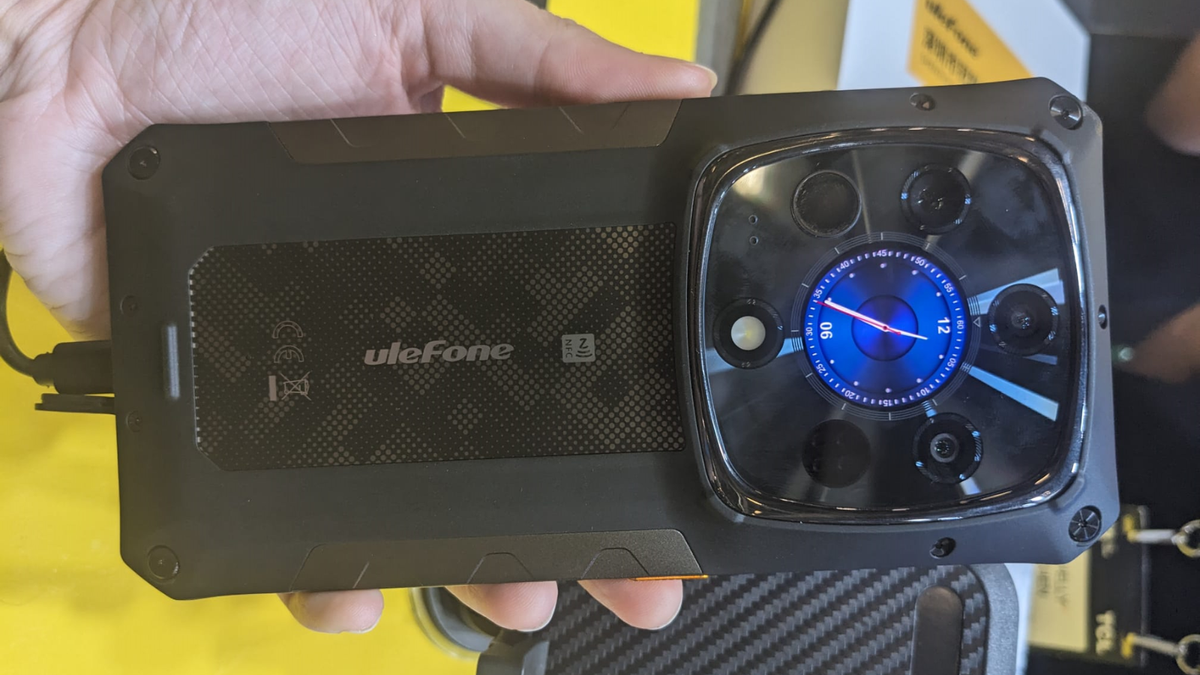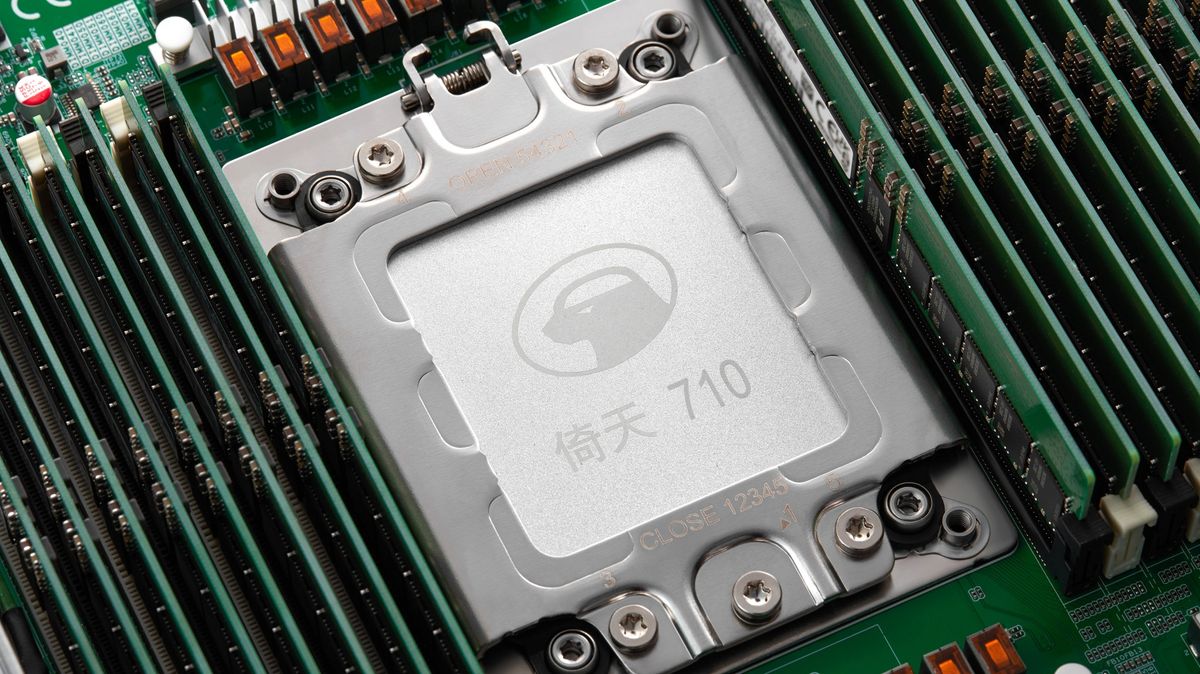Xiaomi's latest Redmi Note 13 line packs impressive power for its price, with a focus on its cameras and some interesting AI features. And affordable alternatives to the Samsung Galaxy S24 line could be possible.
Redmi Note 13 Pro and Redmi Note 13 Pro Plus are two of the premium models in the new five-strong Redmi Note 13 series that was launched in January.
I tested the Redmi Note 13 Pro 5G and the Redmi Note 13 Pro Plus and wasn't sure what to expect from a brand better known for its affordability than its flagships. But I was pleasantly surprised.
Fantastic plastic and a fast screen.
I was initially surprised by how light the new Redmi Note phones were. This was because both models had a plastic frame and the Redmi Note 13 Pro 5G used a plastic back and weighed just 187g, while the Pro Plus weighs a more standard 204g. This raised fears that they would break easily if I dropped them during my hands-on, but they seem relatively sturdy and are protected by Gorilla Glass Victus on the screens.
Protection against dust and water differs between models, with the Pro supporting an IP53 rating and the Pro Plus receiving more protection with IP68. Basically, more than enough to withstand the rain.
Both were sleek, smooth-looking devices that weren't uncomfortable or difficult to hold; However, the Pro Plus stands out a bit from the rest due to its slightly curved shape, while all other models have a flat edge design.
The top of the Redmi Note 13 Pro Plus has a speaker, a microphone, and an IR blaster, while at the bottom there is another speaker, a microphone, and a SIM tray. Meanwhile, the power and volume buttons are on the right side. All quite common and ordinary. I was surprised to see a 3.5mm audio jack on the Redmi Note 13 Pro as most phones have phased it out for Bluetooth connectivity but offer another option to extend battery life when listening to music.
The display on both the Redmi Note 13 Pro 5G and the Pro Plus is a bright, shiny 6.67-inch 120Hz AMOLED display with small bezels that I couldn't test with any streaming or gaming, but it still looked colorful and sharp.
One aspect I found annoying was that the Pro was especially susceptible to picking up fingerprints and smudges, which isn't a deal-breaker for most people.
The next item that caught my eye on both models was the large camera model on the back.
Capable cameras
The Redmi Note 13 series has a strong focus on photography and the Pro and Pro Plus best illustrate this with their respective triple camera system with a 200-megapixel main camera, an 8MP ultra-wide-angle camera, and a 2MP macro camera. , as well as a 16 MP front camera. camera, supported by optical image stabilization.
This expanded camera module is much more prominent than the previous Redmi Note 12 Pro and replaces the 50-megapixel camera with an upgraded 200-megapixel main camera on both models.
I was impressed with how much detail the Redmi Note 13 Pro Plus managed to retain when I zoomed in to its full 4x focal range, which is where the optical image stabilization came in handy, especially in low-light environments.
The inclusion of a 2MP macro camera seems a bit pointless, as macro cameras really add a lot to the overall smartphone camera experience. Ultra-wide cameras are most commonly used for macro photography on the best phones you can get today.
Photos taken in 200 megapixel mode can generate different crops using Xiaomi ProCut 2.0, to adapt to different aspect ratios. which is useful for recording social media content. Color reproduction was a little dull, though not completely washed out, giving it a more natural and lifelike feel.
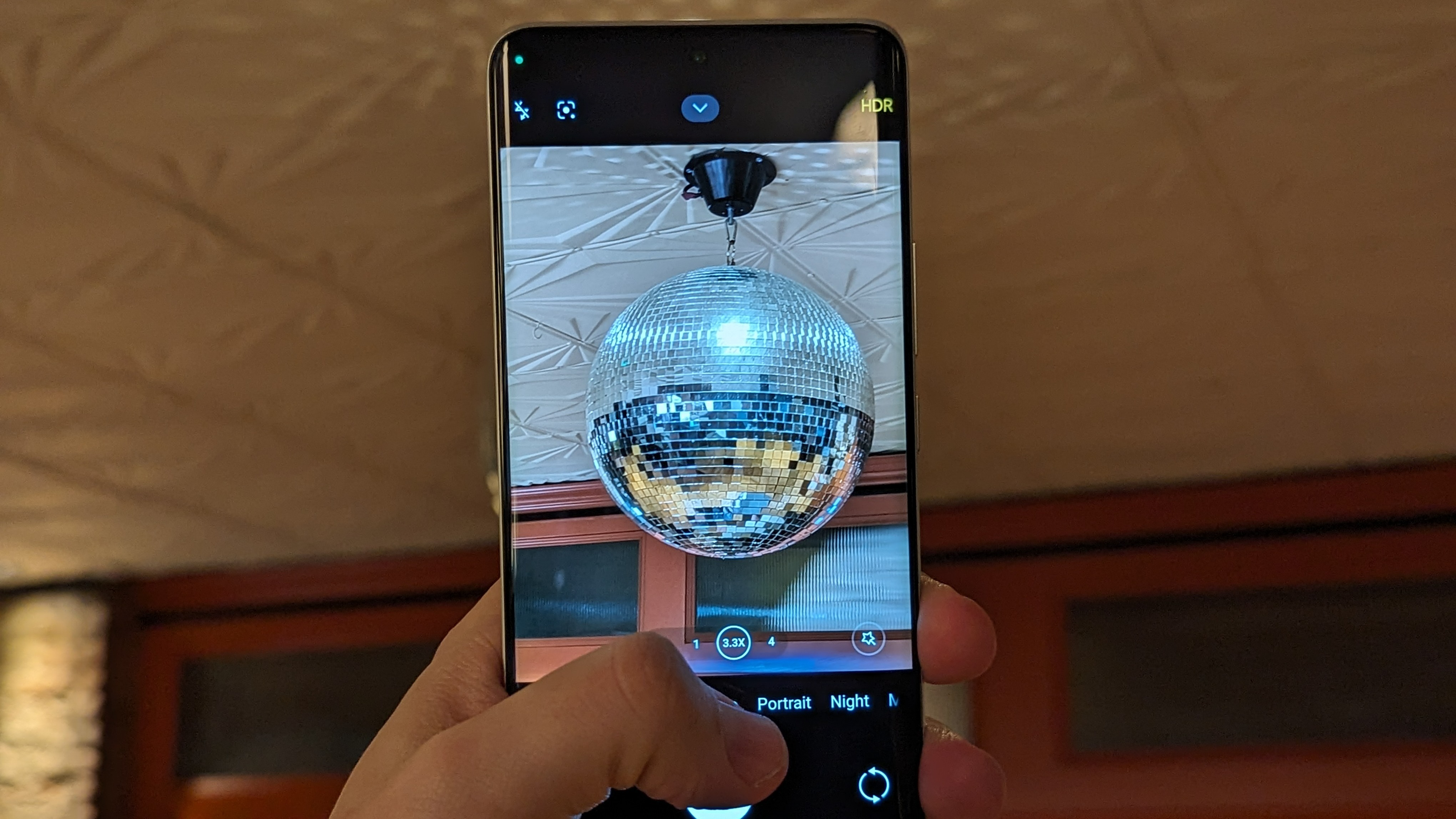
Unsurprisingly, AI effects are also a key feature, such as a beautification option that allowed me to edit certain features of a selfie, such as the shape of my face and the size of my eyes. This seemed disconcerting when I tried it, but after a bit of practice it produced some nice but subtle results.
I also saw a demo of the AI Sky Replace tool, which helped replace a gray, washed-out sky with some amazing dramatic skies that looked good, and a couple looked a little clunky. You can also erase unwanted people from shots, much like the Magic Eraser feature on recent Google Pixel models. I saw mixed results: sometimes it worked quickly and other times it didn't work at all.
Low-light performance was better than I expected due to the larger-than-usual 1/1.4″ sensor, which can capture more light in a single shot, which was evident in the low-light space where used phone. also loved some retro images. Looking for video mode filters which were fun but couldn't try them all.
The Redmi Note 13 Pro and Note 13 Pro Plus aren't likely to challenge the Galaxy S24 series in a purely smartphone shoot, but there's interesting potential here, especially considering the price (more on that later).
In terms of camera design, Redmi Note 13 Pro Plus and Redmi Note 13 Pro feature an attractive square three-camera design. However, I noticed that it protrudes slightly on the Redmi Note 13 Pro 5G and prevented me from placing the phone horizontally, while the Pro Plus seems to integrate its camera system a little better.
Flexible specifications
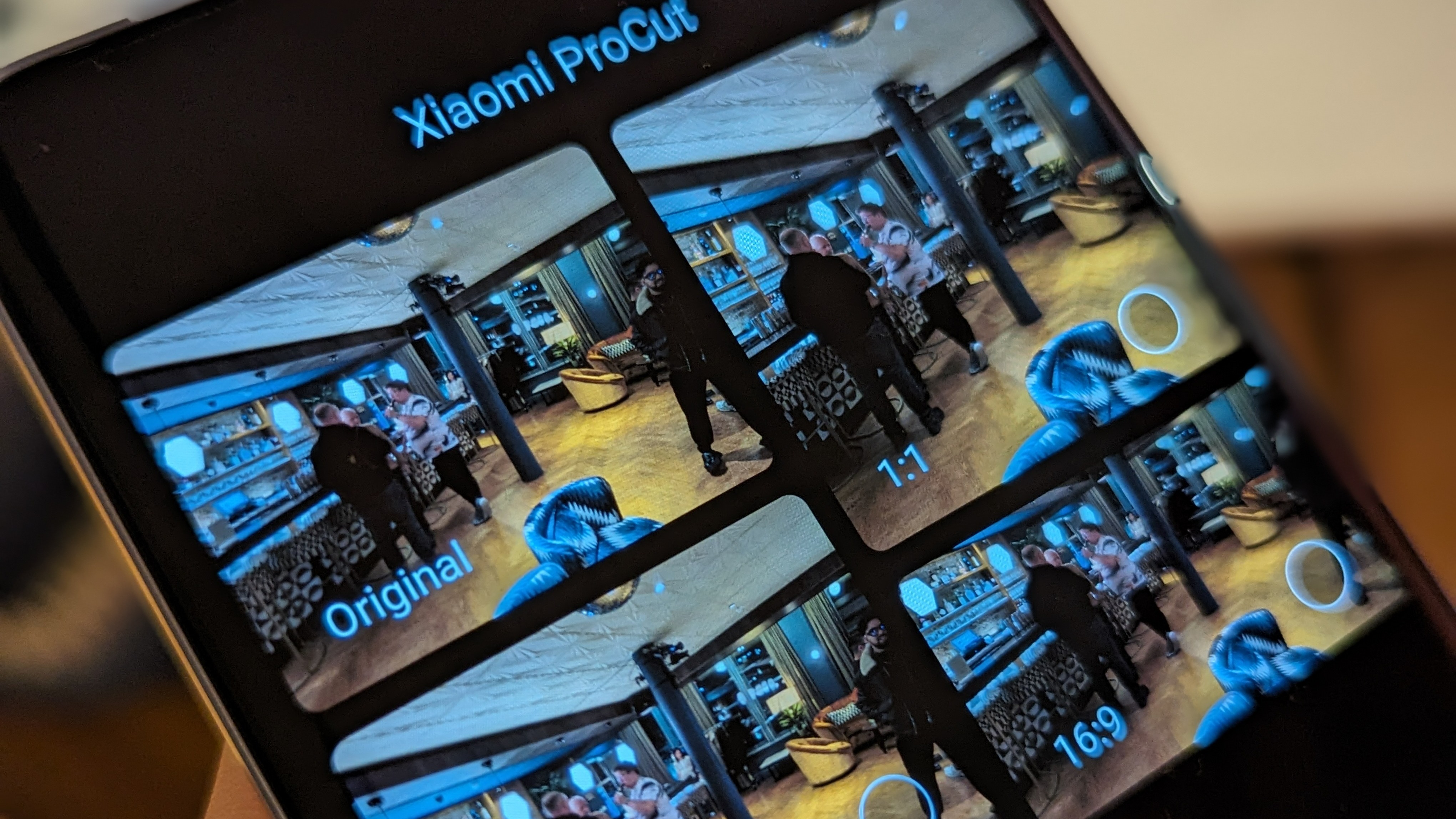
The Redmi Note 13 Pro 5G uses the Snapdragon 7s Gen 2, while the Pro Plus uses a MediaTek Dimensity 7200 Ultra chipset.
The performance of both 4-nanometer chips lags behind the latest Snapdragon Gen 3 and Gen 2 chips, so it won't bother the Galaxy S24 in terms of benchmark. But in everyday use that may not matter, as both chips are still high-performance chunks of silicon.
I couldn't see much difference between the two in terms of performance in my limited time with both units, but the Dimensity chip should have the edge in gaming and performance. I noticed an occasional stutter on both models, especially the Pro which uses Snapdragon when playing with the camera and AI features, but nothing too egregious; This could also be due to software optimization.
Both devices shipped with the latest MIUI 14.0.2 based on Android 13 and not Android 14, which is currently rolling out to recent devices.
It's hard to tell if it was because these were demo models, but there were quite a few pre-installed apps like TikTok, Spotify, and AliExpress that should be able to be removed.
There are two versions of the Redmi Note 13 Pro 5G and the Redmi Note 13 Pro Plus, both of which include 8GB, 256GB, 12GB RAM, and 512GB storage models.
I didn't get a good idea of the battery life due to my limited time with the devices, however, the Redmi Note 13 Pro Plus houses a 5,000 mAh battery that uses fast 120W HyperCharge that claims to fully charge the phone in 19 minutes.
Meanwhile, the Redmi Note 13 Pro 5G has a slightly larger 5,100 mAh battery with 67W turbo charging, which isn't as fast as the Plus model but is still very fast, fully charging the phone in 44 minutes and both They include a charger in the box.
So both phones have the capacity and charging speed to beat a Galaxy S24, and probably some other of the best Android phones when it comes to battery life.
A strong price
While I have yet to see the full range, what I have seen so far on the Redmi Note 13 Pro and Pro Plus was impressive. Prices seem very reasonable given the potential quality of the Redmi Note 13 range, with the Redmi Note 13 Pro Plus starting at £449 / $400 / AU$605 for the 12GB RAM and 512GB storage version.
The Redmi Note 13 Pro 5G starts at a much cheaper £339 / $304 / AU$460 for the 8GB RAM version with 256GB of storage. The Redmi Note 13 Pro Plus 5G and Redmi Note 13 Pro 5G are now available in select stores. But we suggest you wait for our full review before you take the leap and get one.
But so far the forecast is that we could be looking at a pair of phones that offer specs and features that could be compared to some of the latest flagship phones without being priced to match. All of that is promising.

